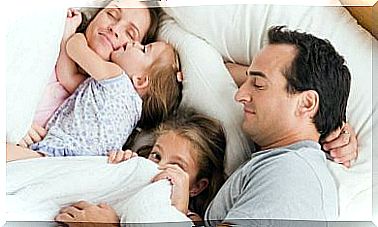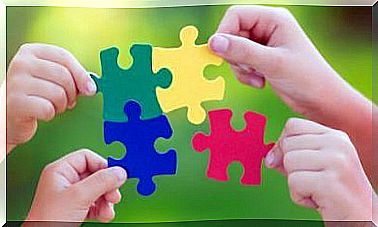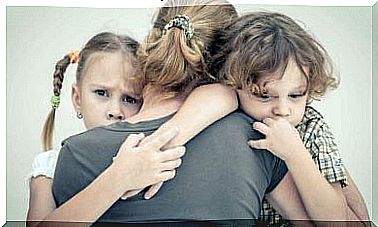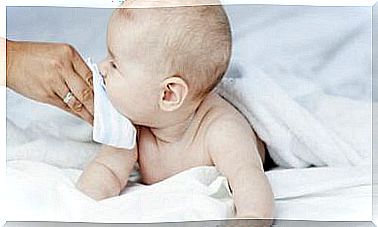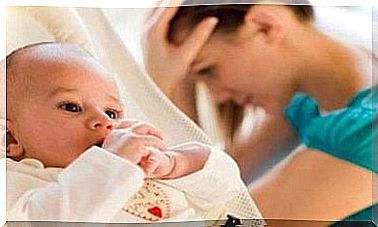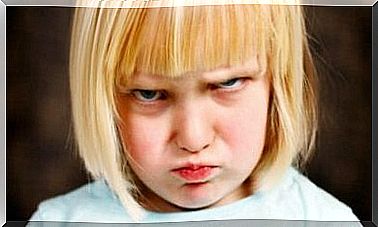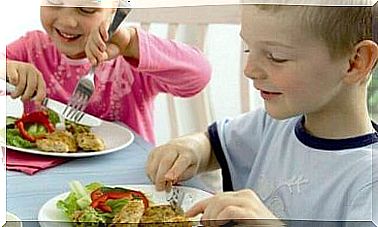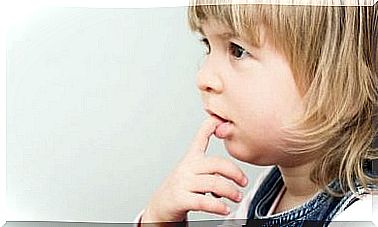Growing Pains In Children And Adolescents
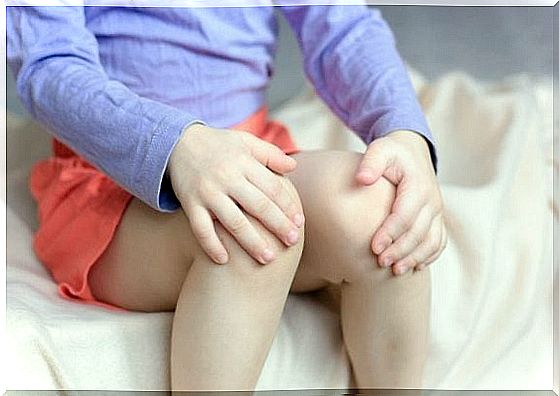
If a child often complains of pain in the lower extremities in particular, there may be growth pains. Today we will tell you more about this nasty ailment and its symptoms and treatment.
Growth pains in children and adolescents
Growth pains that cause lower limb pain are very common in children of growing age and adolescents. Growth pain occurs in up to half of children aged 3-12 years. The most common growth pains are at the age of 5-8 years.
Growth pain manifests as a tingling sensation in both lower limbs, and pain usually occurs at bedtime or while sleeping. At times, the pains are so severe that they wake the child. However, the child may also feel pain during the day, but usually the ailment does not interfere with normal chores. There is no tenderness, sensory defects or nodules in the pain area.
The cause of the growth pain is not known with certainty, but the pain is thought to be related more to the strain experienced during the day than to the growth to which the name of the ailment refers. According to some theories, for example, flat feet or ductility predispose to growth pains.
In most cases, the pain varies from day to day, and it is difficult to predict when a child will experience pain. The pains often occur intermittently so that the child has pains on several evenings in a row, followed by a painless period.
When a child is uncomfortable, he or she may ask his or her parents to rub the aching area. This helps parents detect the difference between growing pains and severe bone or muscle ailments.
If a child is experiencing very severe pain, he or she will usually not allow the parent to touch the painful area. If the pain experienced by the child is suspected to be a sign of non-growth pain, it is important to contact a doctor immediately.
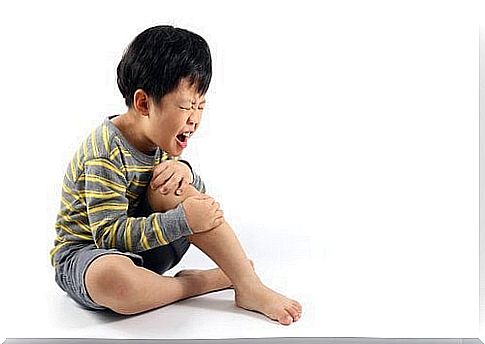
Consequences of growth pains
Due to growing pains, the child usually experiences pain in the legs, in front of the legs and in the bends of the knees, in some cases also in the thighs. Pains usually occur in both legs.
It is important for the parent to stay calm as the child suffers from growth pains. Even if a child experiences severe pain, there is no danger to his bones and muscles.
As we mentioned, pain usually occurs at night, but a child can also suffer from lower limbs during the day. The pain attack usually lasts from minutes to half an hour, but at worst can last for hours.
The feeling of pain varies from mild to very severe and the pains appear irregularly. The child may not suffer from pain for days or weeks until the multi-day pain cycle begins again.
To alleviate the pain a child is experiencing, comfort him or her and tell him or her the fading will go away in time. The pain is not permanent. The child’s feet can be massaged with the help of massage oil, which often helps to relieve pain and improve the child’s well-being.
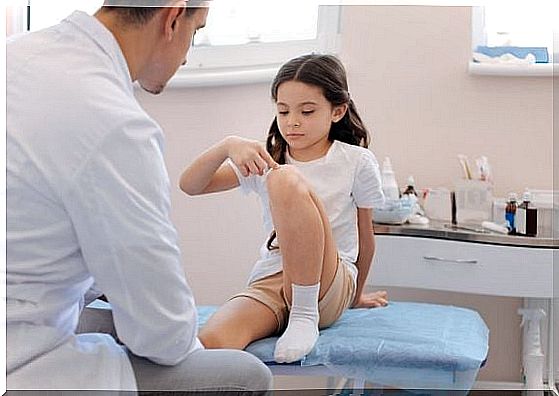
Symptoms of growth pain
Listed below are the most common symptoms of growth pain. If you notice these symptoms in your child, they are probably growing pains.
- Notching on both legs, most often on the front of the legs, feet and knees.
- Moving the legs does not cure or worsen the pain, indicating that there is no defect in the joints.
- The feeling of pain varies daily and during the day. The pain worsens at night and often disappears by morning. There may be painless periods between painful periods.
- The pain can be so severe that it wakes the child up.
- The pain does not cause lameness and does not interfere with normal daily chores.
- The child may complain of headaches.
Keep in mind that there is no definite information about the cause of growth pain. It is often mistakenly thought that the growth pains are due to growing bones. However, the bones grow slowly, even when the child’s other growth is rapid. This gradual increase does not cause pain.
Some children have growing pains periodically for several years. The good news is that the pain will go away before puberty.
